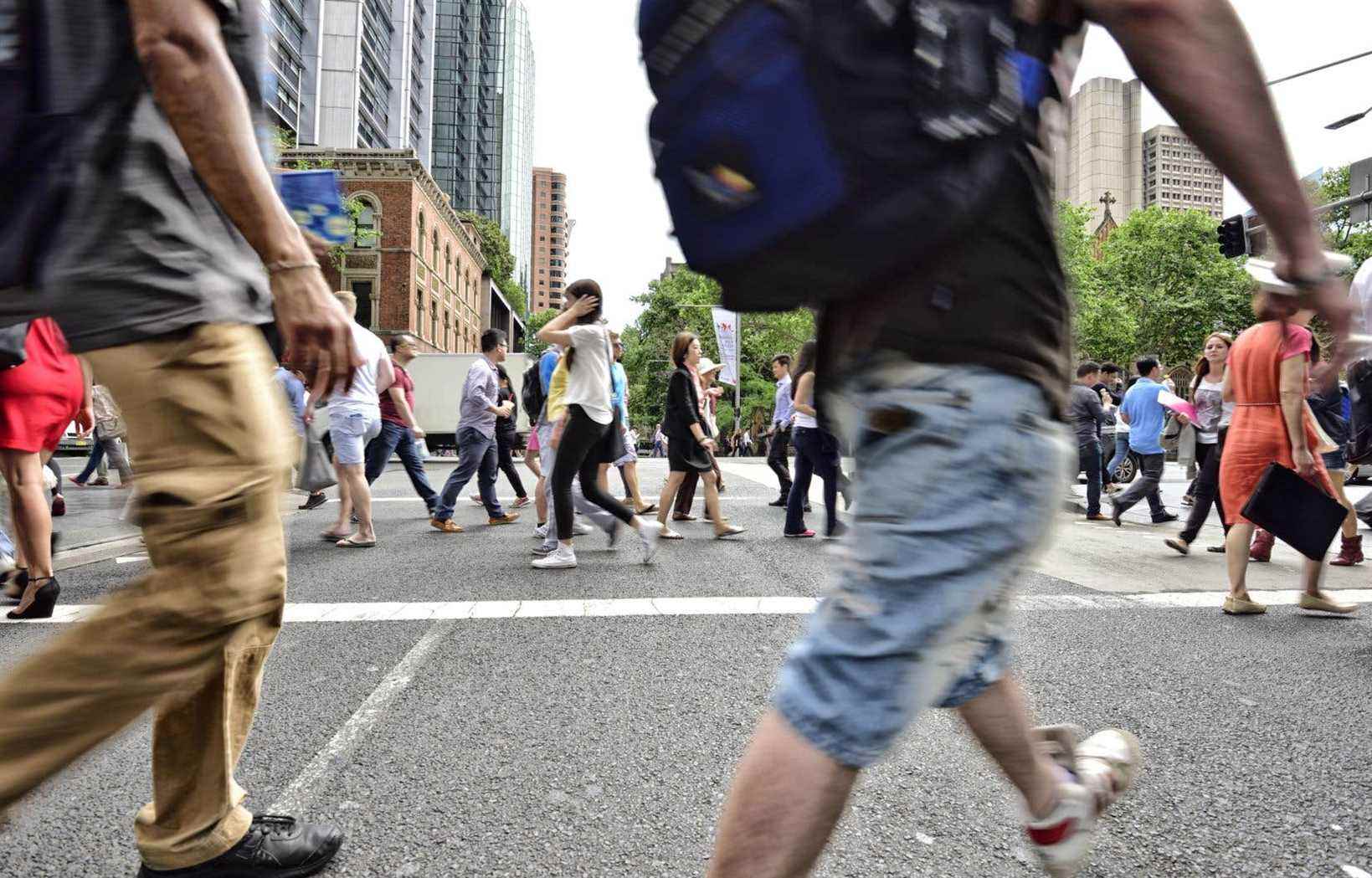Letter to the Minister of the Environment, Benoit Charette
I must admit that I was struck by reading your statement, the one announcing that the third link is “a brake on urban sprawl”. We certainly do not have the same readings.
Let me, if you don’t mind, talk a little about mine.
I would start with those of a great lady, with a humanist and inspiring vision: Jane Jacobs, in particular with her Decline and survival of major American citiespublished in 1961. She predicted the failure of development centered on the car, as well as that linked to urban sprawl and zoning.
His thinking revolved around an urbanism that unfolds for citizens. By citizen, we mean: a father with his child in a stroller, the shopkeeper who has a storefront, a woman on a bicycle who stops at the fruit store, young children who go to school, the lady who goes walk to the library, a couple kissing in the park, the employee who has to go to work, etc.
Several urban concepts exist in this sense: the “City Beautiful Movement”, “Cities in 15 minutes”, “Streets for Kids”, to name a few. I invite you to read on these subjects.
The proof of a successful city lies in its diversity. The one that creates the most interaction between people. In other words, a city that belongs to everyone. What makes a city shine is not its road constructions, but its humanity.
By increasing the density of cities, like certain villages or districts, we gain enormously. Less car travel on a daily basis (if at all), increased social interactions, sense of belonging that creates a desire for commitment, solidarity for the place where we live. The denser a city, the more it will be possible to build rental structures there, some of which will be social. Two things that Quebec badly needs right now.
If it is, what I write here is only urban daydreams. But many professional politicians – past and present – and urban planners have in them this desire to imagine spaces in which it is good to live, where it is possible for everyone to move around safely, and where beauty will be at the heart of every project.
Numerous writings and serious studies demonstrate this: new highways do the exact opposite of a densification which brings people together, they spread out and keep them apart. And many collateral damages are associated with it.
What we need is a committed, human, vibrant town planning; a human vision of cities and their spaces that makes you want to live there. Let’s not stay glued to the industrial era, where roads were considered a guarantee of modernity.
If Jane Jacobs were alive today, I’m sure she would be an activist against the Third Link. And there would be many of us by his side.
